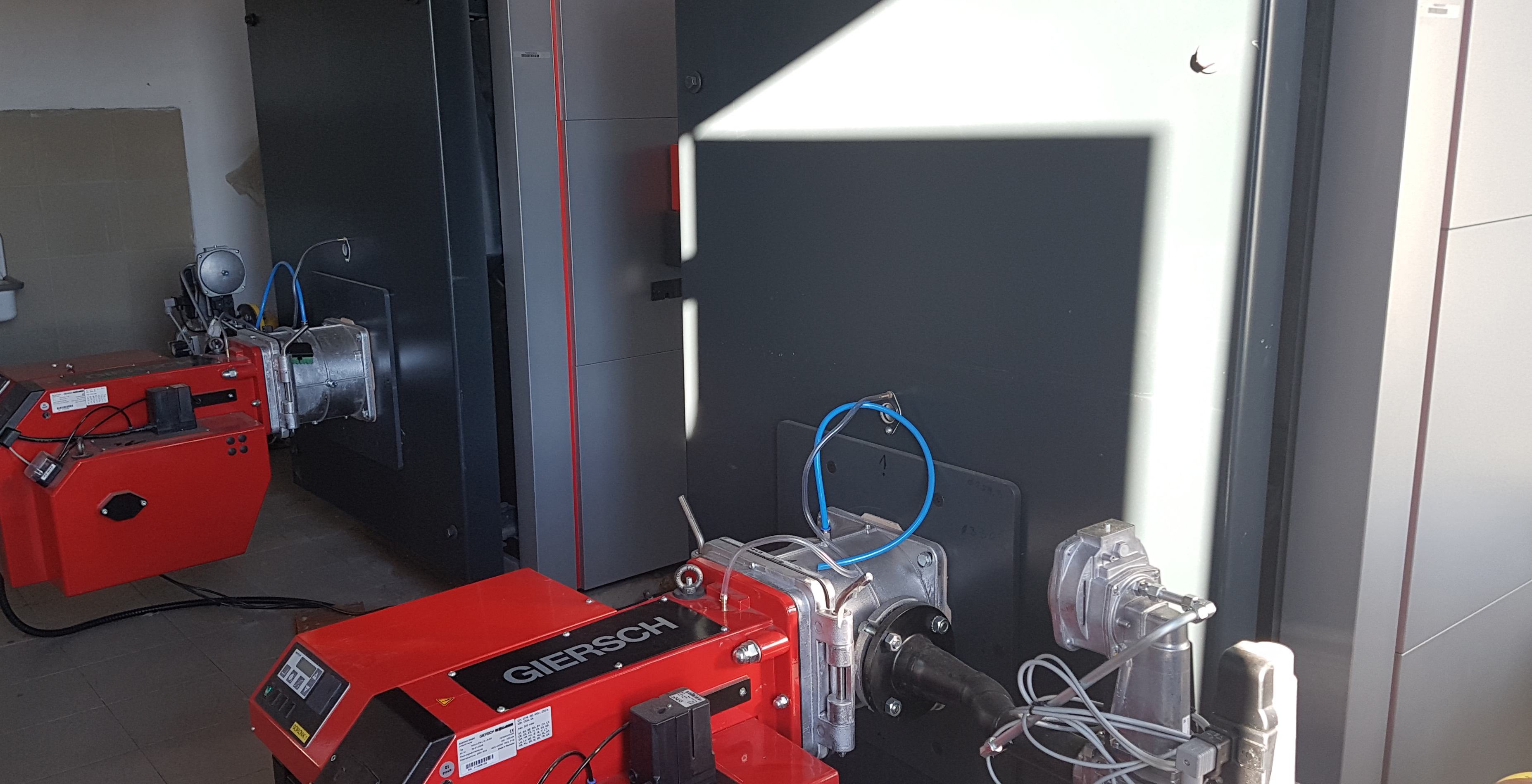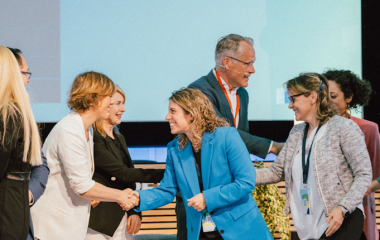
Photo: roda.rs
Seeking to change the heat energy supplier at one of its retail outlets, retailer Mercator-S turned to regional energy services company GGE for expert assistance.The task at hand contained an important element – the project was to be realized with no CAPEX expenditure.
The innovative ESCO model of improving energy efficiency, which GGE is successfully implementing in the entire region, turned out to be an excellent solution for Mercator-S as well: within only a few months, the retail outlet had its own new heating system and its heating bill was halved, with the company investing not a single dinar in the project.
Technical solution and project implementation model
The Roda retail outlet along the Temerin road in Novi Sad used to rely on a nearby brewery’s gas-fired steam boiler room for heat energy. The new technical solution developed by GGE’s team of engineers was for the retail outlet to produce heat energy independently, which resulted in the installation of two gas boilers of 1,600 kW and 1,300 kW, respectively. During works, the outlet operated regularly and did not shut down, which is also an important factor for the retail business.
GGE’s solution for Mercator-S was the installation of a gas boiler room under the ESCO model. What did this mean concretely for Mercator-S? Thanks to the ESCO model, the company received equipment and installation, as well as maintenance over the next five years, free of charge. This means that the company had no CAPEX expenditure on the project.
Mercator-S not only did not invest a single dinar, but also saw the outlet’s heating bill halve as soon as the new boilers were installed.
GGE’s business model for this project, but also other ESCO projects, entails charging for its service from the difference between the old and new price, which in this concrete case was the difference between the old and new price of a MWh of heat energy during the five-year ESCO agreement.

Next steps
Pleased with results in Novi Sad, Mercator-S asked GGE to propose solutions for its other retail outlets as well, and works have since been launched at the Roda outlet in Kragujevac and are expected to begin soon at the Roda outlet in Sabac and the Mercator center in Novi Sad. The outlets’ operations will not be disrupted by the works, which is very important for the retailer.
“Already during the preliminary survey of the Roda outlet in Novi Sad, we located the potential cost-cutting solutions and proposed to the client energy measures that should be implemented. When the client saw that the bill can be halved, with no investment and CAPEX expenditure, we received an invitation for other retail outlets in Novi Sad, Kragujevac, and Šabac as well,” says Vladimir Nikolić, project manager at GGE.
Significant savings and reduced CO2 emissions
“The annual savings for the Roda outlet in Novi Sad amounts to approximately EUR 30,000 over the five-year agreement, and EUR 70,000 following the five-year period. Savings in Kragujevac are also at around EUR 30,000 annually in the first five years, and are set to reach a whopping EUR 1 million overall from the sixth to the tenth year. Apart from energy savings, this solution also ensures cutting CO2 emissions by 232 metric tons annually, contributing to environmental protection. GGE takes 4-6 months to prepare a solution and to install equipment, after which you instantly begin to save,” says Nikolić.
The outlet in Kragujevac will also convert to LED lights. The replacement of old neon tube and metal-halide lighting will decrease Mercator-S’ electricity consumption for the outlet’s lightning by 50%-60%.


















Be the first one to comment on this article.